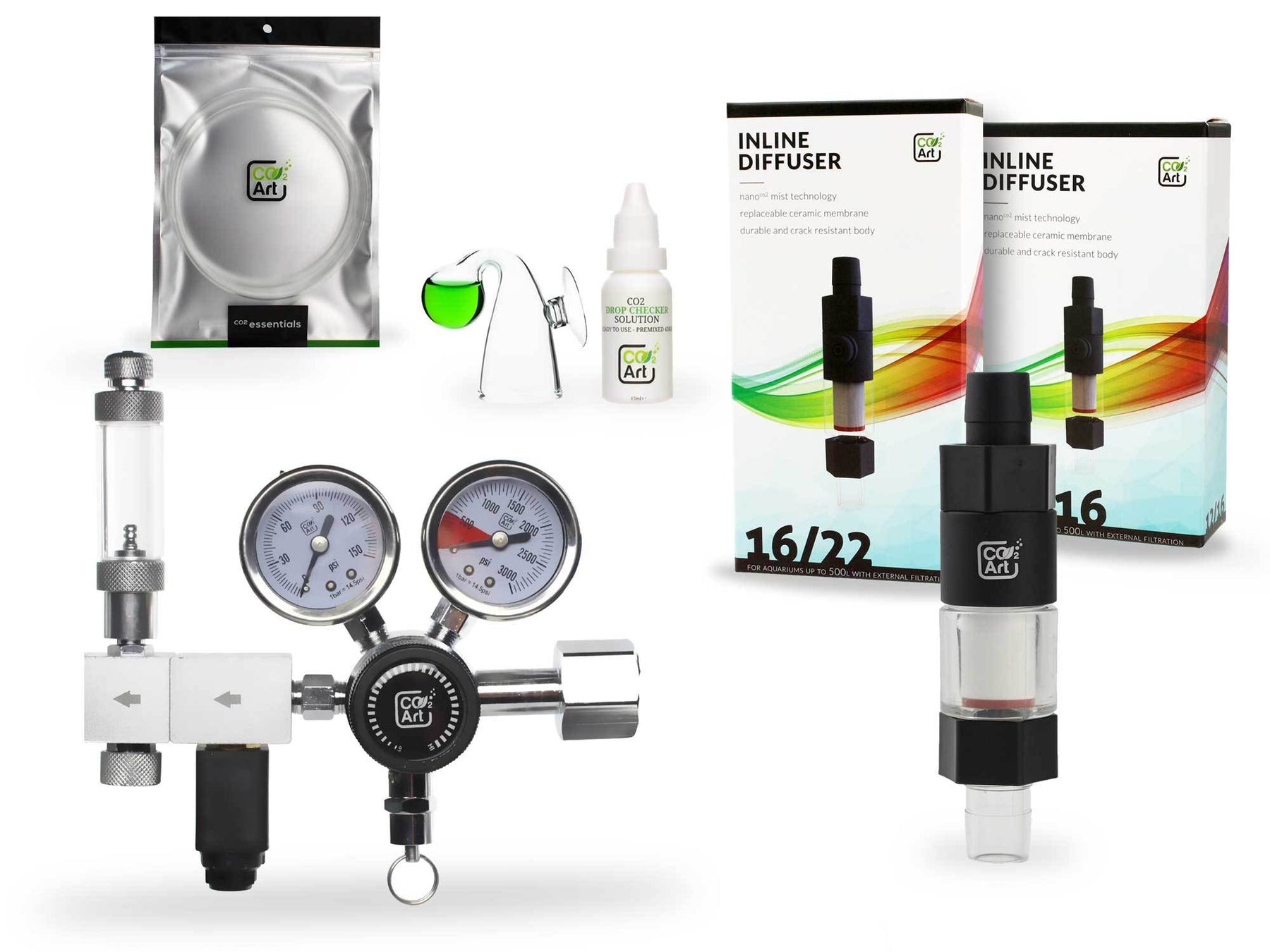Aquarium plant fertilizers used in aquascaping
Understanding Aquarium Plant Fertilizer: Basics and Importance
Using the right aquarium plant fertilizer is essential for cultivating a healthy aquascape. These specialized fertilizers provide critical nutrients that support aquatic plant growth in closed aquarium systems. Without external supplementation, most tanks fall short of the nutrient levels plants need to thrive.
Fertilizers for aquarium plants generally supply macronutrients like nitrogen (N), phosphorus (P), and potassium (K), as well as micronutrients including iron, manganese, and zinc. These elements help promote everything from root development and leaf formation to vibrant coloration and resistance to melting.
Whether your aquascape features lush carpeting plants or towering stems, fertilizers play a central role in plant health. Choosing and applying the correct aquarium plant fertilizer ensures that your underwater garden can flourish under the constraints of a controlled environment.
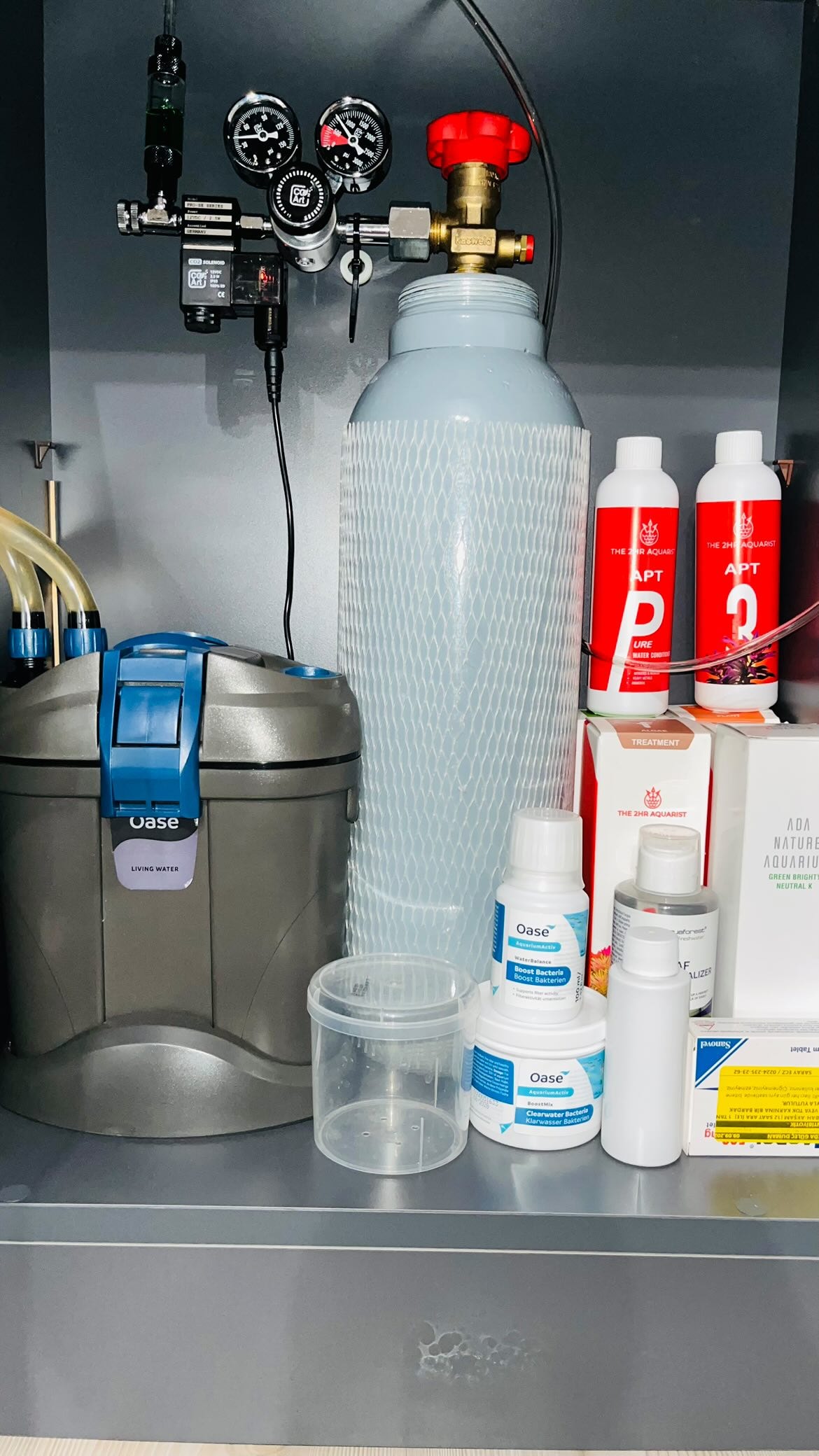
How to Fertilize Aquarium Plants: A Step-by-Step Guide
Knowing how to fertilize aquarium plants is key to maintaining balance and health in your aquascape. The ideal fertilization method depends on tank size, lighting intensity, plant species, and whether CO₂ injection is used. Understanding these variables helps prevent nutrient imbalances and plant decline.
There are three main fertilization methods: liquid dosing into the water column, root tab placement in the substrate, and nutrient-rich aquasoils. Each has its advantages depending on your plant types—root feeders benefit most from substrate nutrients, while stem plants thrive with water column fertilization.
Consistency is essential. Many aquarists follow weekly dosing schedules or the Estimative Index method to ensure plants receive adequate nutrition. Observing plant health, leaf color, and algae presence will help you fine-tune how and when to fertilize. With time, you’ll master how to fertilize aquarium plants to match your aquascape’s exact needs.
Choosing the Right Fertilizer for Planted Aquarium Success
The perfect fertilizer for planted aquarium setups depends on your aquascaping goals and the plants you keep. Not all plants absorb nutrients the same way; for example, crypts and swords are heavy root feeders, while floaters and stem plants take in nutrients mainly through their leaves.
There’s a range of fertilizers available—from all-in-one solutions to specialized root tabs and powders. Root tabs are excellent for nutrient-hungry bottom dwellers, while liquid or dry dosing better serves plants that draw from the water column. A tailored mix often yields the best results in diverse tanks.
When choosing a product, look for one that balances macro- and micronutrients and aligns with your tank’s lighting and CO₂ levels. A well-chosen fertilizer for planted aquarium tanks not only boosts plant growth but also helps prevent algae by outcompeting it for nutrients.
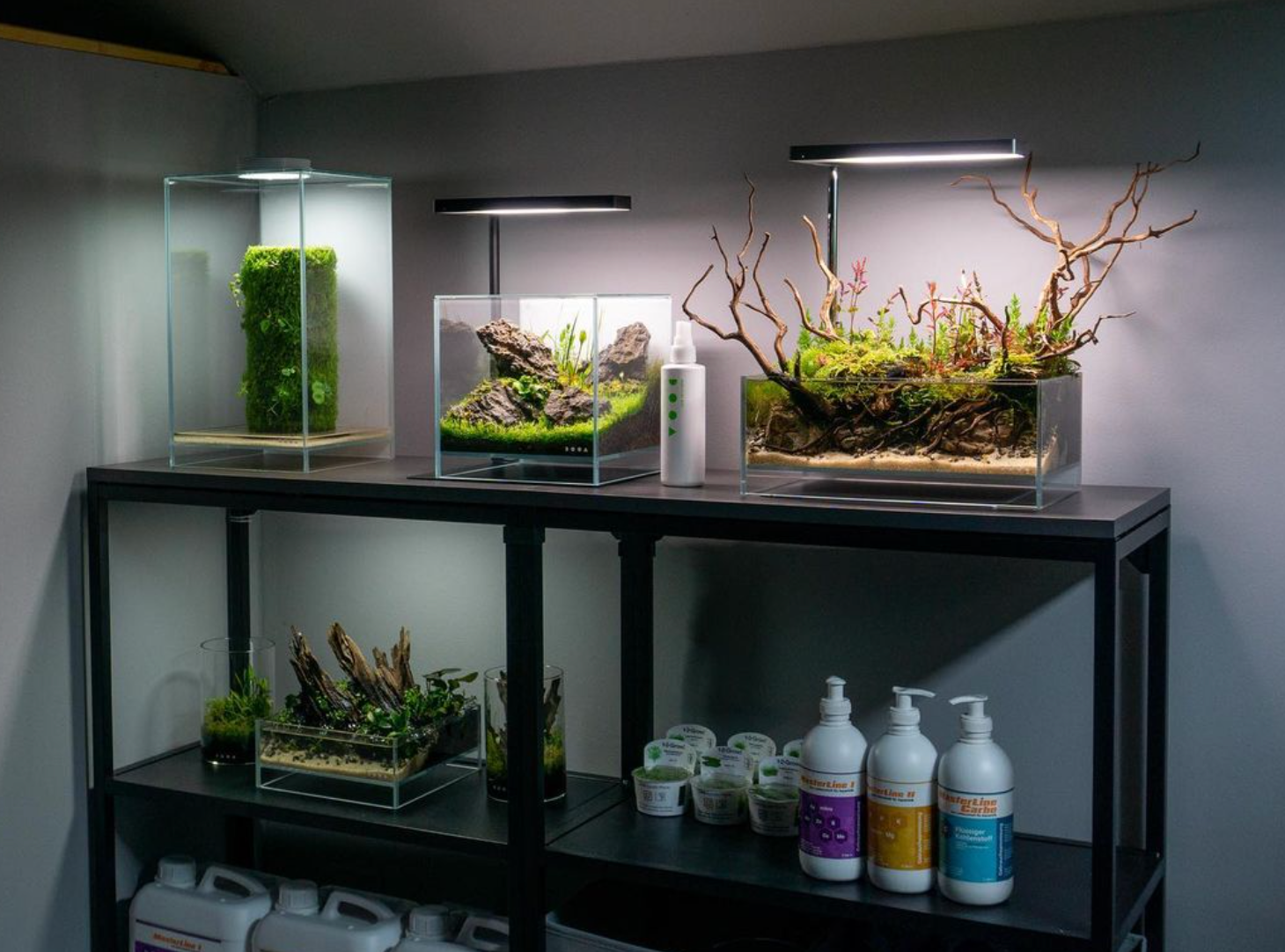
Pros and Cons of Liquid Plant Fertilizer Aquarium and Aquatic Plant Fertilizer Options
Both liquid plant fertilizer aquarium products and solid substrate alternatives fall under the broader category of aquatic plant fertilizer. Liquid options are dosed directly into the water, making them ideal for tanks with stem plants and floaters that absorb nutrients from the water column.
One key advantage of liquid fertilizers is precise dosing control. You can adjust nutrient input daily or weekly, based on how plants are responding to light, CO₂, and overall tank conditions. They're especially useful in high-tech aquascapes, where growth is rapid and nutrient demand is high.
However, they may not adequately support root-feeding plants unless paired with root tabs or enriched substrate. Solid forms of aquatic plant fertilizer, such as nutrient-rich aquasoil, offer long-term support for deep-rooted species. Choosing the right balance between liquid and solid fertilizers will depend on your plant selection and aquascaping goals.
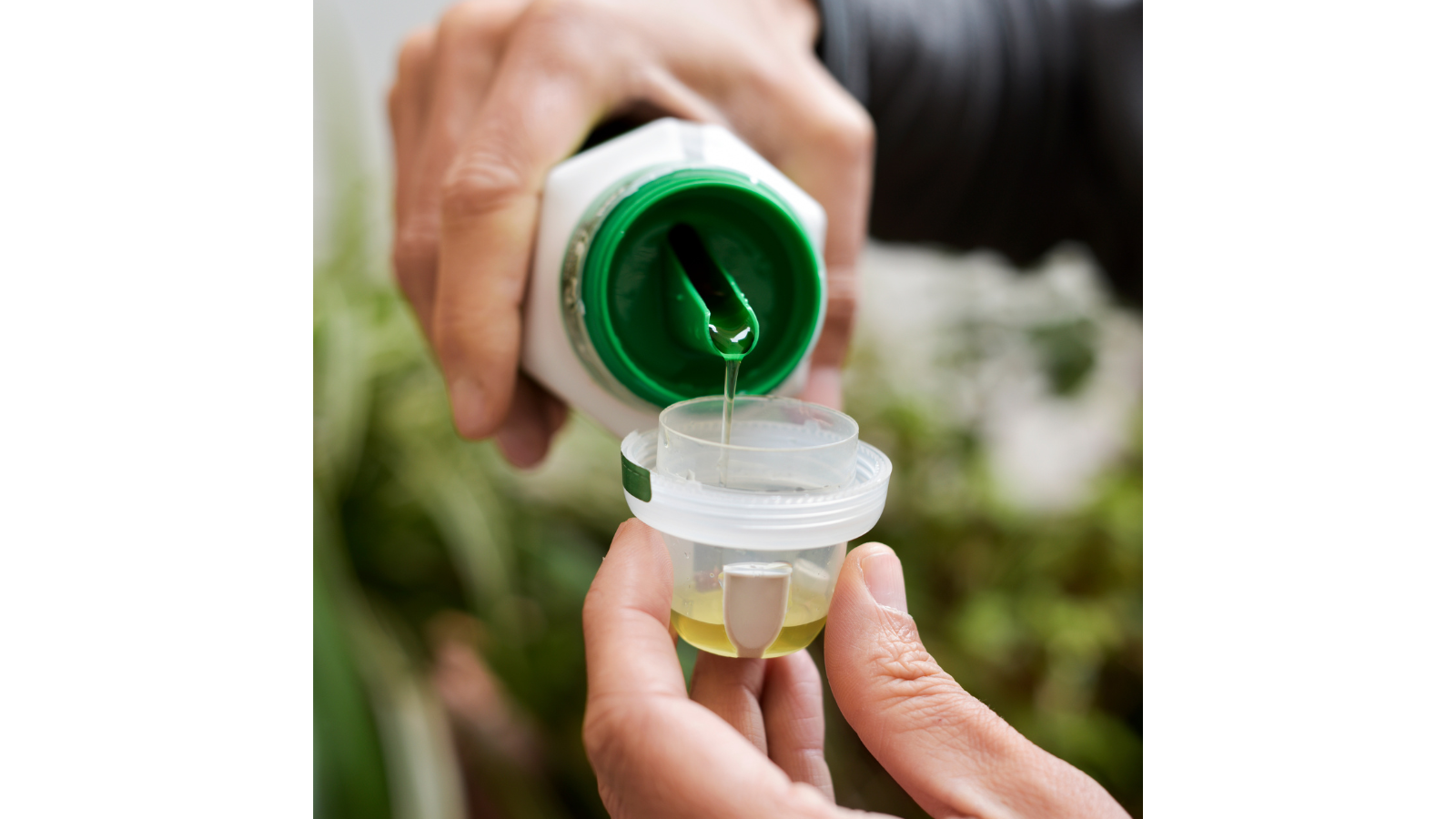
Essential Nutrients in Aquarium Fertilizers: Macro and Micro Elements
Aquatic plants, like terrestrial ones, rely on essential nutrients to sustain healthy growth and coloration. The three primary macronutrients—nitrogen, phosphorus, and potassium—support core biological functions. Nitrogen fuels leafy growth, phosphorus promotes root development and energy transfer, while potassium regulates water movement and enzyme activity.
In addition to macronutrients, micronutrients are just as vital, though needed in smaller amounts. Iron, manganese, and calcium are among the most important trace elements in aquarium fertilizers. These support chlorophyll production, nutrient absorption, and overall cellular health. Inadequate micronutrients can result in yellowing leaves, stunted growth, and weakened plant structures.
Balanced aquarium fertilization ensures that both macro- and micronutrients are consistently available. For example, potassium sulfate is often added to maintain potassium levels in tanks using tap water, which may lack this nutrient. Commercial products used in planted aquariums often include blends of trace elements to fill gaps left by tap water, especially in soft or filtered systems.
Substrate Fertilizers: Feeding Plants from the Root Zone
While liquid dosing remains popular, many aquascapers rely heavily on substrate fertilizers to nourish plants from below. Root tabs, nutrient-rich soil, and clay-based additives release minerals directly into the root zone. This method supports species with deep root systems, such as crypts and sword plants, that extract most nutrients from the waterthrough their roots rather than their leaves.
Soil-based substrate materials like aquasoil are particularly effective in planted tanks, providing long-term nutrient release while improving water parameters. These soils contain organic matter, calcium, and essential minerals that contribute to healthy root colonization and overall plant growth. They also act as a buffer, maintaining stability in pH and hardness.
Using a fertilized substrate reduces reliance on frequent liquid fertiliser dosing, especially in tanks with a dense root network or low plant mass. However, periodic supplementation is often necessary as soil nutrients deplete over time. A well-planned base layer can dramatically improve growth and reduce algae problems by ensuring nutrients are used by roots instead of being left in the water column.
DIY Aquarium Plant Fertilizers: Benefits and Recipes
Creating your own fertilizer mix offers an affordable and customizable alternative to commercial products. DIY solutions let aquarists adjust nutrient ratios based on specific tank needs, particularly in high-tech planted tanks with varying plant mass and growth rates. By tailoring formulas, you can better address deficiencies and minimize unwanted algae growth.
Common ingredients in DIY mixes include potassium sulfate, nitrogen in the form of potassium nitrate, and phosphorus as monopotassium phosphate. These are often combined with chelated iron and trace elements to ensure a full nutrient profile. Including calcium and magnesium is important for tanks using soft tap water, which may lack adequate minerals for healthy plants and fish.
A basic all-in-one solution involves dissolving dry salts into distilled or dechlorinated water to create a concentrated liquid fertiliser. This mix can be dosed into the tank weekly or daily, depending on demand. DIY fertilizers are ideal for experienced aquarists who understand water parameters and the needs of their particular plant species. However, improper mixing or dosing can lead to algae problems or nutrient deficiencies, so careful calculation is essential.
Fertilizers and CO₂ Injection: Synergizing for Optimal Growth
The relationship between fertilizers and carbon dioxide (CO₂) injection is foundational to modern aquascaping. In high-tech planted aquariums, where CO₂ is added to boost photosynthesis, the demand for essential nutrients increases significantly. Without adequate fertilization, plants cannot utilize the extra carbon dioxide, and imbalances may encourage algae growth.
When combined correctly, CO₂ and liquid fertiliser create the ideal conditions for explosive plant growth. Faster-growing plants require consistent access to nutrients from the water, including macronutrients like nitrogen, phosphorus, and potassium. Micronutrient delivery, including trace elements such as iron and manganese, is equally important to support the metabolic surge triggered by increased CO₂ levels.
To optimize this synergy, it's crucial to balance light intensity, nutrient dosing, and CO₂ levels. A deficiency in one area limits the effectiveness of the others. For tanks with high plant mass, a daily dosing routine using liquid fertiliserensures a constant supply of nutrients. Monitoring water parameters and adjusting CO₂ diffusion rates can prevent algae problems and unlock the full potential of a CO₂-enhanced planted tank.
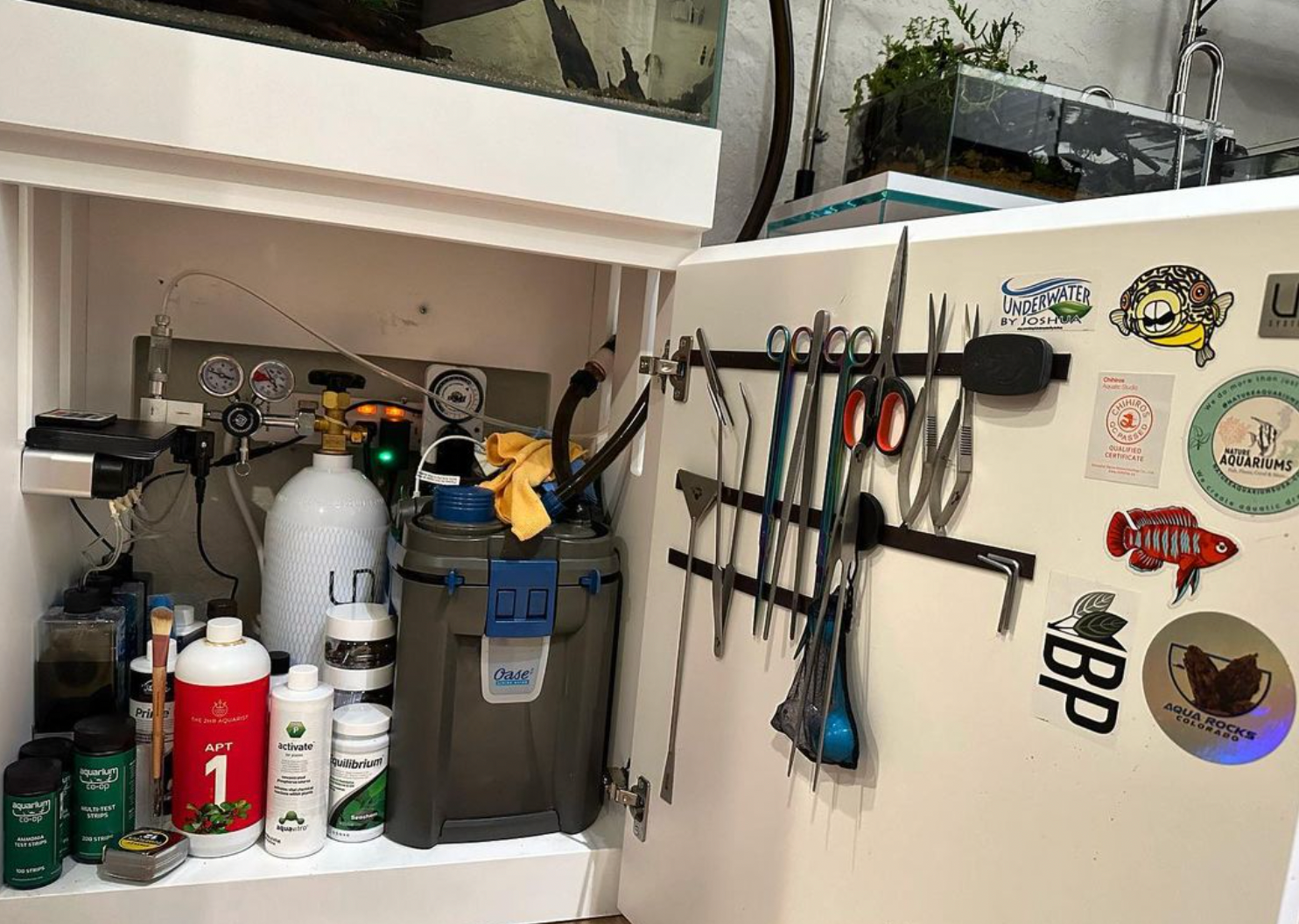
Organic vs. Synthetic Fertilizers: Which is Better for Aquascaping?
When it comes to aquarium plant fertilizers used in aquascaping, aquarists often debate between organic and synthetic options. Organic fertilizers typically use natural sources like composted plant matter or fish waste, while synthetic fertilizers contain precisely measured chemical compounds. Each has its advantages and limitations depending on your goals and tank setup.
Organic options tend to release nutrients slowly and may enrich the soil with beneficial microorganisms. However, their nutrient concentrations are less predictable and can lead to excess ammonia or unwanted algae growth if not carefully monitored. These fertilizers may also impact water parameters more heavily and aren't always ideal for delicate aquarium plants.
In contrast, synthetic fertilizers—especially liquid fertiliser products—offer precision and consistency. They are easier to dose, contain exact amounts of macronutrients and trace elements, and generally produce more controlled results. For high-tech planted aquariums or tanks with sensitive species, synthetic options are often preferred due to their reliability and stability.
Monitoring Fertilizer Levels: Testing and Adjusting for Best Results
Proper fertilization isn’t just about what you add—it’s about how you monitor and adjust over time. Testing nutrient levels helps ensure that your aquarium plants receive everything they need without causing algae problems. Tools like liquid test kits or electronic sensors can measure nitrates, phosphates, and iron levels, giving insight into how nutrients are being used.
When fertilizing a planted tank, regular monitoring helps track how well nutrients are being absorbed and whether imbalances are forming. A spike in ammonia or persistent algae may indicate excess nutrients or poor uptake due to insufficient plant mass. Testing also helps you determine if your tap water contains helpful minerals or needs supplementation with products like calcium or potassium sulfate.
Once you understand your tank’s nutrient dynamics, adjustments can be made by increasing or reducing liquid fertiliserdoses, supplementing with trace elements, or changing your substrate strategy. Keeping a log of test results and plant responses makes it easier to spot trends over time. This proactive approach ensures stable growth, vibrant plant health, and minimal nuisance algae.
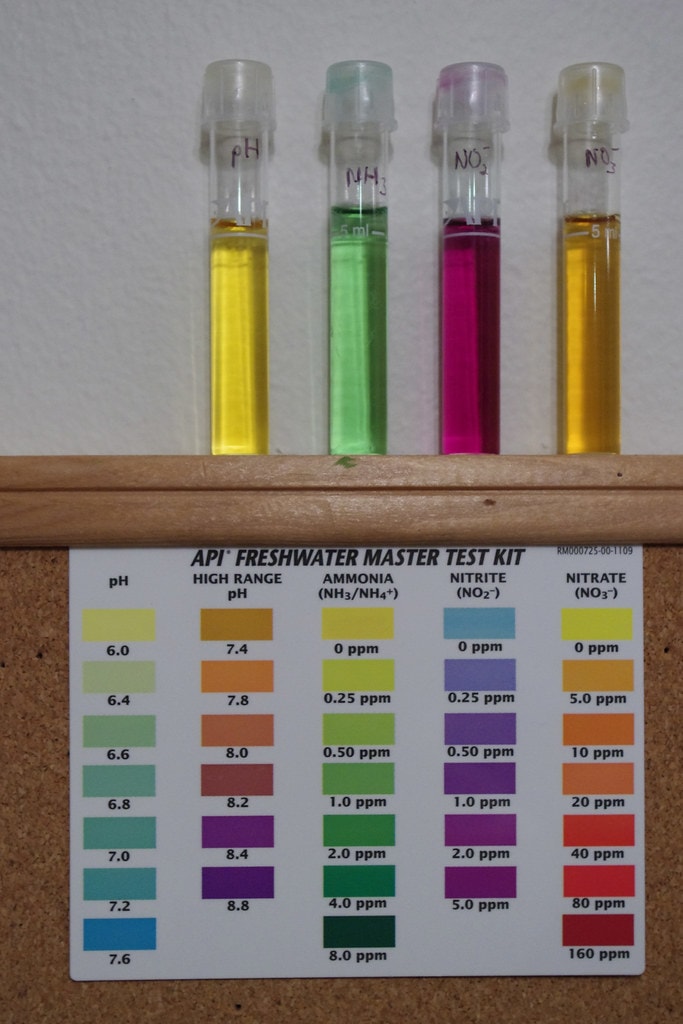
Specialized Fertilizers for Different Plant Types
Not all aquatic plants have the same nutritional needs, so using specialized fertilizers can make a significant difference in growth and appearance. Carpet plants like Hemianthus callitrichoides or Monte Carlo, for example, benefit from frequent liquid fertiliser dosing and enriched soil to support dense, low-profile coverage. Their rapid uptake of nutrients from the water requires consistent input to prevent deficiencies.
Root-heavy plants such as Cryptocoryne or Echinodorus thrive with a nutrient-rich substrate, particularly one fortified with calcium, iron, and other essential trace elements. For these species, root tabs or aquasoil enriched with mineralsare often more effective than relying solely on water-column dosing. Floating plants and stems, on the other hand, primarily take in nutrients through their leaves and respond best to regular liquid fertiliser.
Choosing the right fertilizer based on plant type also helps reduce algae growth. When your aquarium plantsefficiently consume nutrients, fewer excess compounds are left behind for algae to exploit. Understanding plant-specific requirements allows aquarists to achieve targeted, lush growth across different zones of the aquascape.
Fertilizer Application in Different Aquascape Styles
Fertilizer needs vary significantly across aquascaping styles, due to differences in layout, plant mass, and lighting intensity. Dutch-style tanks, known for dense vegetation and layered design, require regular liquid fertiliser and often benefit from both water-column and root-zone dosing. A well-balanced substrate with soil additives provides the foundation for strong, vibrant growth.
In contrast, Iwagumi layouts tend to feature minimalist stone arrangements with short carpeting plants. These setups have less plant mass but require high lighting and CO₂ injection, making consistent nutrient delivery vital. Carefully timed liquid fertiliser dosing, combined with a nutrient-charged soil, supports healthy plant growth without inviting algae growth.
Nature-style planted aquariums often aim to mimic natural landscapes, combining various species with different needs. These layouts require a versatile fertilization strategy that includes trace elements, potassium sulfate, and sometimes calcium depending on the tap water used. Adapting fertilizer methods to match each style ensures balanced growth and supports the long-term health of both plants and fish in diverse environments.
Common Issues with Aquarium Fertilizers and How to Fix Them
Even with careful planning, issues can arise when fertilizing planted aquariums. One of the most frequent problems is nutrient imbalance, often leading to algae growth or poor plant performance. Overdosing liquid fertiliser without adequate plant mass or CO₂ can leave excess nutrients in the water, promoting algae problems rather than healthy growth.
Another common issue is micronutrient deficiency, which manifests as yellowing leaves, poor coloration, or stunted growth. This can happen when aquarists rely solely on basic macronutrient products and neglect trace elements like iron, manganese, and calcium. Testing for micronutrients and supplementing with comprehensive fertilizers or individual additives can resolve these symptoms.
Substrate-related problems are also common, especially when soil becomes exhausted or compacted. A depleted substrate fails to deliver nutrients to root-feeding plants, leading to visible signs of stress. Replenishing with new soil, adding root tabs, or incorporating liquid fertiliser with nutrients from the water helps restore nutrient flow and support both plants and fish in the long term.
Conclusion: Building a Balanced Fertilization Strategy
Creating a successful aquascape requires more than just aesthetics—it demands a well-thought-out fertilization plan. By understanding your plants’ needs, choosing the right combination of liquid fertiliser, enriched soil, and targeted supplements, you can support strong, vibrant growth in any style of planted tank.
Balancing carbon dioxide, light, and nutrient input ensures that your plants—not algae—benefit from available resources. This harmony is the cornerstone of long-term success in planted aquariums, whether you're growing delicate carpets or tall background stems.
With the right knowledge and a flexible approach, you can prevent common problems, adapt to changes in your tank, and enjoy the rewards of a thriving aquatic garden—one that benefits not only your plants but also your fish and overall ecosystem health.
Meet our bestseller! The Pro-Elite Series Complete Aquarium CO2 System with New Inline CO2 Diffuser!
